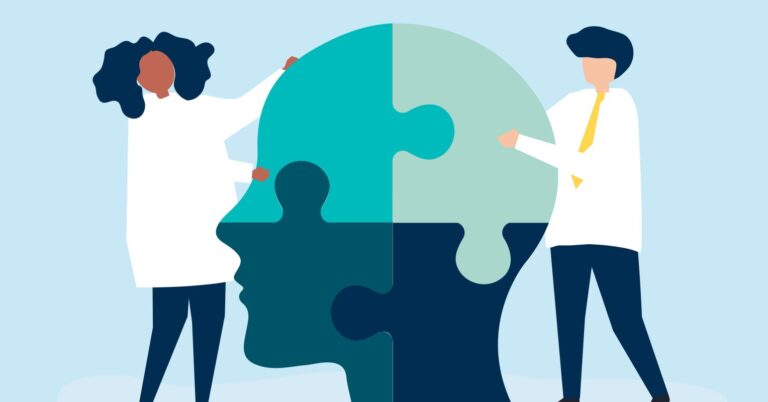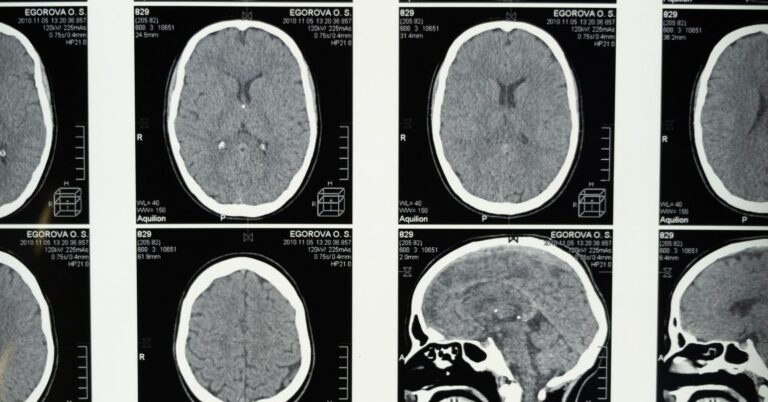
Source: Monstera Production
In Psychology 101 we learn that “Correlation does not imply causation.” Yet, we readily infer causation from correlations. All the time. People smiling at me more today? It’s the new outfit. Slept better last night? No afternoon coffee yesterday. Traffic lighter this morning? I left 20 minutes early.
When Life Gives Us Correlations
Of course, when there’s a lot at stake, we might look more closely to decide if an apparent correlation is real. And, having concluding it is, we might collect and process more information before inferring a cause-effect relationship. We may operate this way with matters of importance, at work and at home, in personal relationships, finances, and when actively dealing with health problems, among other significant life domains.
Still, it is often easy to “go with” a correlation and its possible causal basis. Stress drains cognitive resources. Fatigue saps our energy. We are overloaded with information, beset by distractions.
Plus, much of the input we receive is persuasive, using tactics designed to attract and keep our attention, often our dollars as well. Playing on our wants and fears.
Thinking, Fast and Slow
All these factors can incline us to think fast, rather than thinking slow as perhaps we should. Many decisions are made quickly and with minimal effort.
These influences are frequently at play when we come across news calling attention to lifestyle, personality, social relationships, and stressful experiences as contributors to major health problems such as cancer and heart disease. Health is the subject of many hopes and fears. And psychosocial and behavioral factors are increasingly accepted as causes of physical illness and therefore may be seen as providing a way to control this important aspect of life.
Unfortunately, science news and peer-reviewed articles may promote a premature leap from correlation to causation, favoring studies that confirm hypotheses and discuss possible implications that go beyond actual findings.
To negotiate health news effectively, a good understanding of the concept of “risk factor” is required. Risk factors are variables that predict a greater likelihood of some unwanted outcome. They are important in discovering causes of both physical and mental health problems, and may be psychosocial, biomedical, or in some ways both.
Below we will illustrate the questions they should raise using examples in which psychosocial factors appear to promote physical disease.
Questions to Ask About a Possible Risk Factor
- Timing: Did the risk factor predict a future outcome? Predicting physical illness prospectively, in initially health individuals, addresses directionality. Otherwise, if risk factor and health status are measured at the same time, illness may cause, rather than reflect, a hypothesized risk factor such as psychological stress.
- Independence: Were all established risk factors taken into account? To be taken seriously, psychosocial variables should predict disease with statistical control of other risk factors. This tends to minimize the possibility that a third variable, correlated with both the psychosocial factor and illness, explains their association. For example, for findings in which emotional attributes, such as anger, anxiety, depression, and stress, predict a physical health outcome, the use of tobacco and other substances must be taken into account. Substance use is associated with both emotional attributes and physical health problems.
- Consistency: Is the correlation replicated across many studies? A single study does not a risk factor make. For a host of methodological reasons, repeated demonstrations are required. And uniformity of findings is sought across variations in demographic and psychological characteristics of research participants, measurement techniques, and other study features.
- Magnitude: How strong is the correlation? Even a prospective, independent, consistent relationship may be unimportant because, while statistically significant, it is small, such that even a large difference between two individuals with regard to the personality, lifestyle, or stress factor in question predicts only a small difference in outcome.
- Explanation: How and why is health affected? There should be evidence of causal mechanisms that plausibly account for the association. For psychosocial factors in physical health these typically involve direct biological effects of stress and negative emotion, health-damaging behaviors such as cigarette smoking, diet, and sedentary lifestyle, or psychological and behavioral reactions to health threats that affect medical screening or timely receipt of healthcare.
- Experimentation: Does risk factor reduction make a difference? Evidence from randomized controlled trials is needed to demonstrate that modification of the risk factor significantly reduces the probability of disease. Risk factor modification may entail stress management, health behavior change, and/or the promotion of medical screening and compliance with evidence-based treatments.
Novelty, Familiarity, and Other Heuristics
The bar is not high for publishing a study that purports to identify a novel risk factor for some physical health problem. The same is true for one that claims to finally nail down the role of some familiar risk factor candidate.
It is interesting how these two cases attract clicks in different ways:
When some psychosocial factor that has not been on our radar screens seems to predict a physical health problem, it has the advantage of surprise. Readers will be drawn to its novelty.
By contrast, the “usual suspects” have the advantage of familiarity and nagging uncertainty. Because their possible health-damaging effects have long been discussed, they will be on the minds of many people who would like questions about their health effects to be put to rest.
Both novelty and familiarity are heuristics, quick but frequently imperfect mental shortcuts that influence judgments and decisions. Novelty, familiarity, and other heuristics may promote a quick decision in which health news is swallowed whole, without appropriate skepticism. At the very least, the report may attract more eyes and minds, giving the news a greater chance of acceptance.
However, heuristics and other factors discussed above do not always lead to premature acceptance of health news. As many clicks as the headlines may attract, they may cause an equal or greater number of potential readers to browse to the next headline.
A Question of Balance
It is a matter of balancing needless health anxiety with actual health risk. Health science headlines should not be cause for worry, cyberchondria, and unwarranted lifestyle changes; nor should they prompt us to bury our heads in the sand.
By teaching ourselves some basic health science concepts, we can decide when to invest time and effort to dig more deeply into a health news items, and when not to.
Copyright 2023 Richard J. Contrada





















+ There are no comments
Add yours